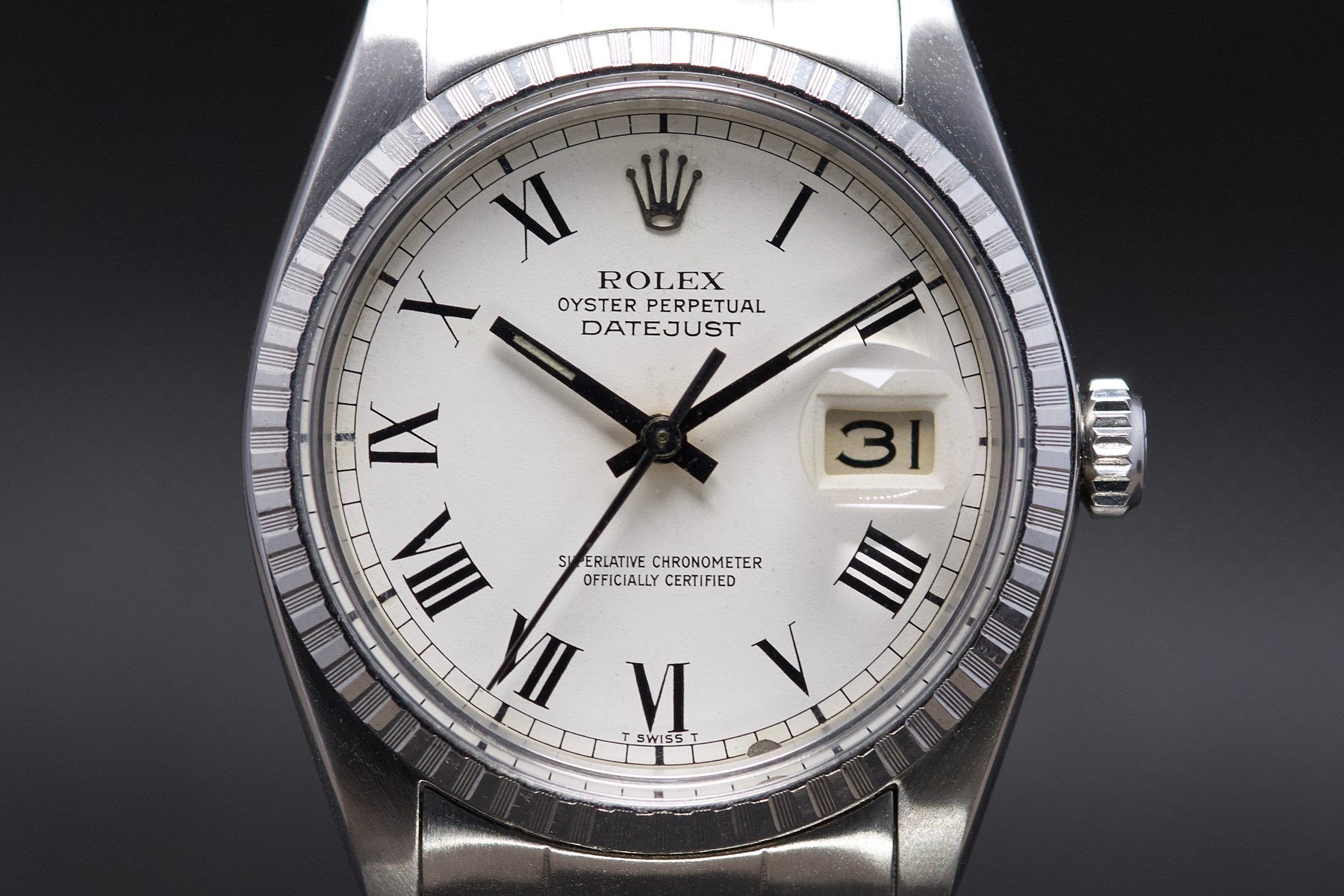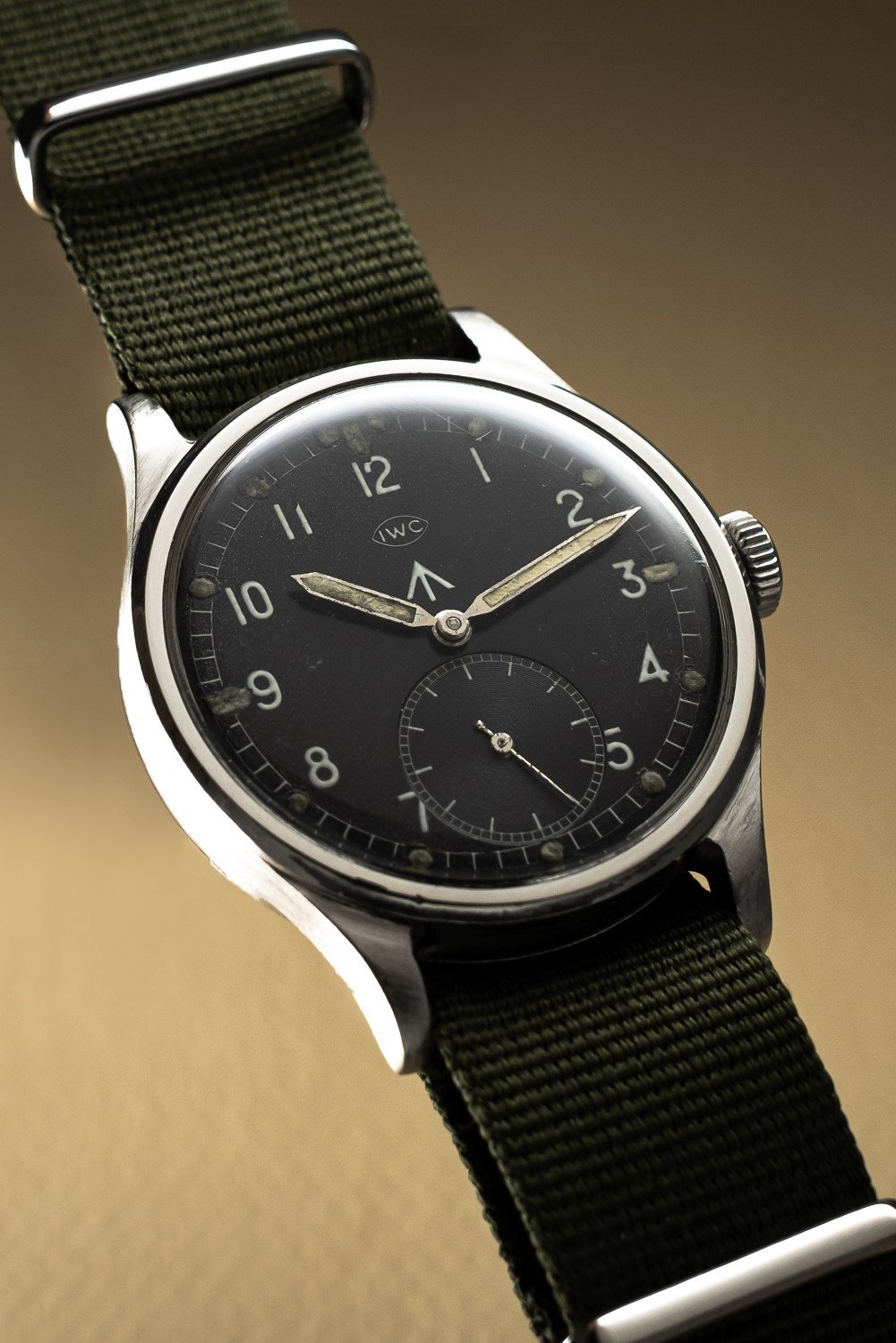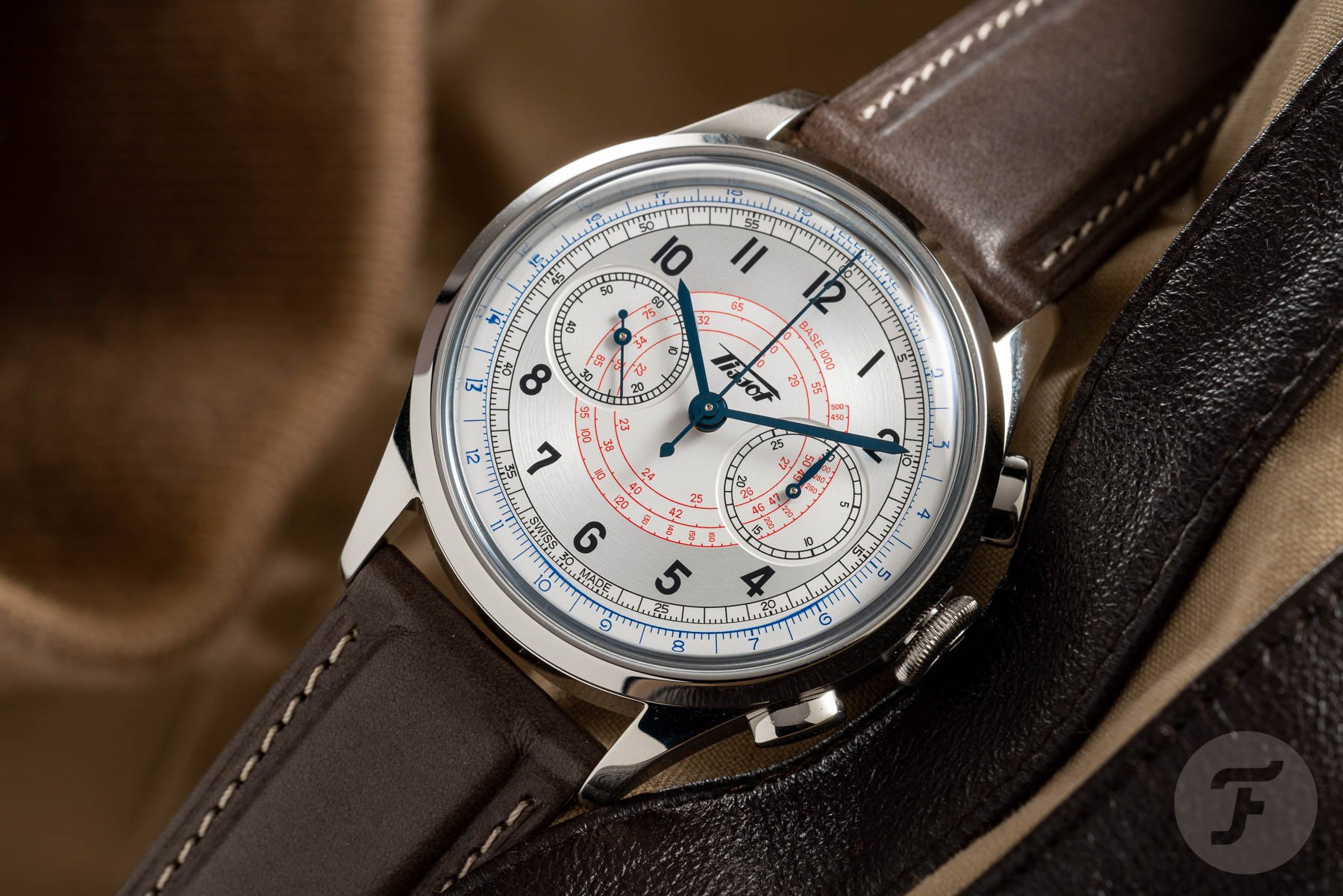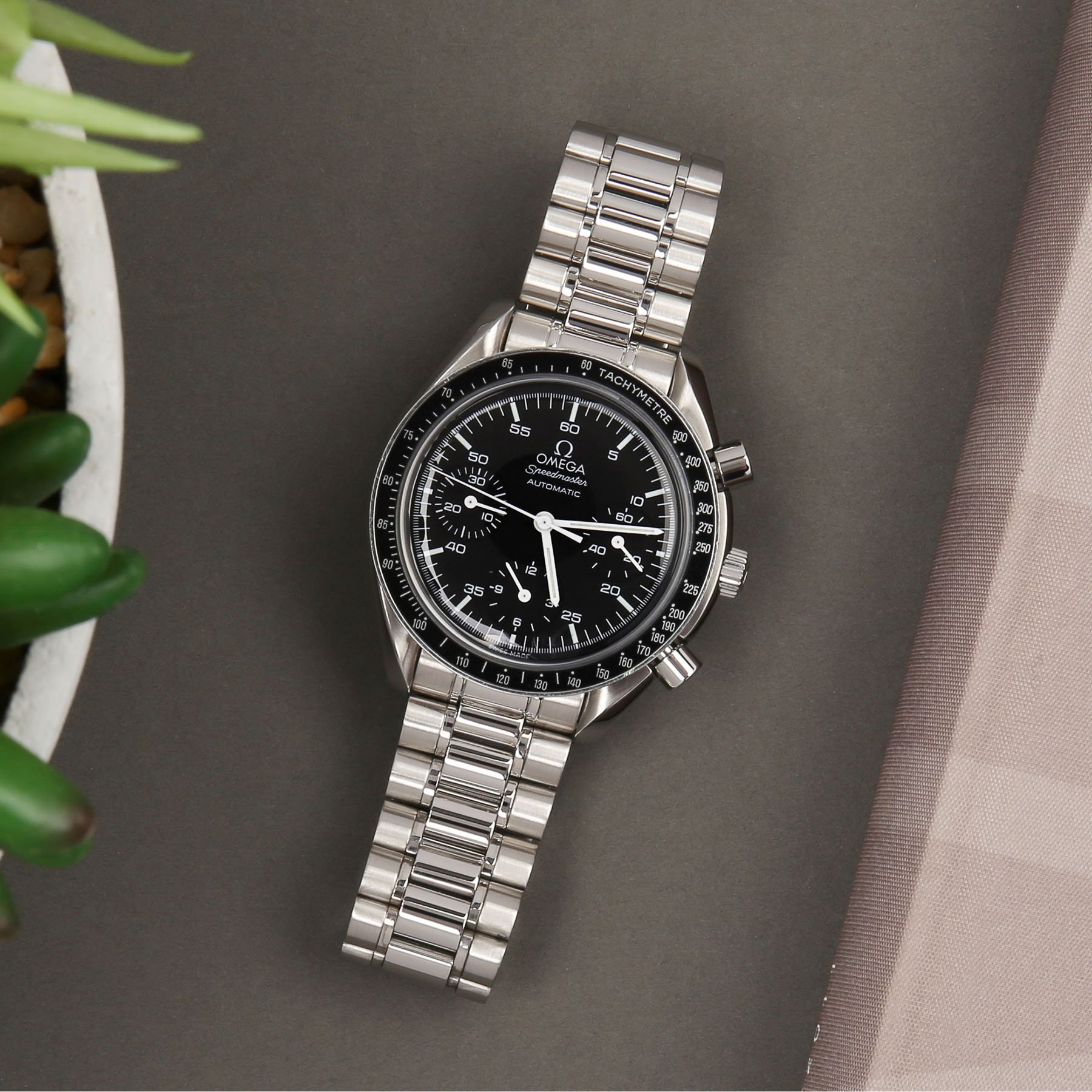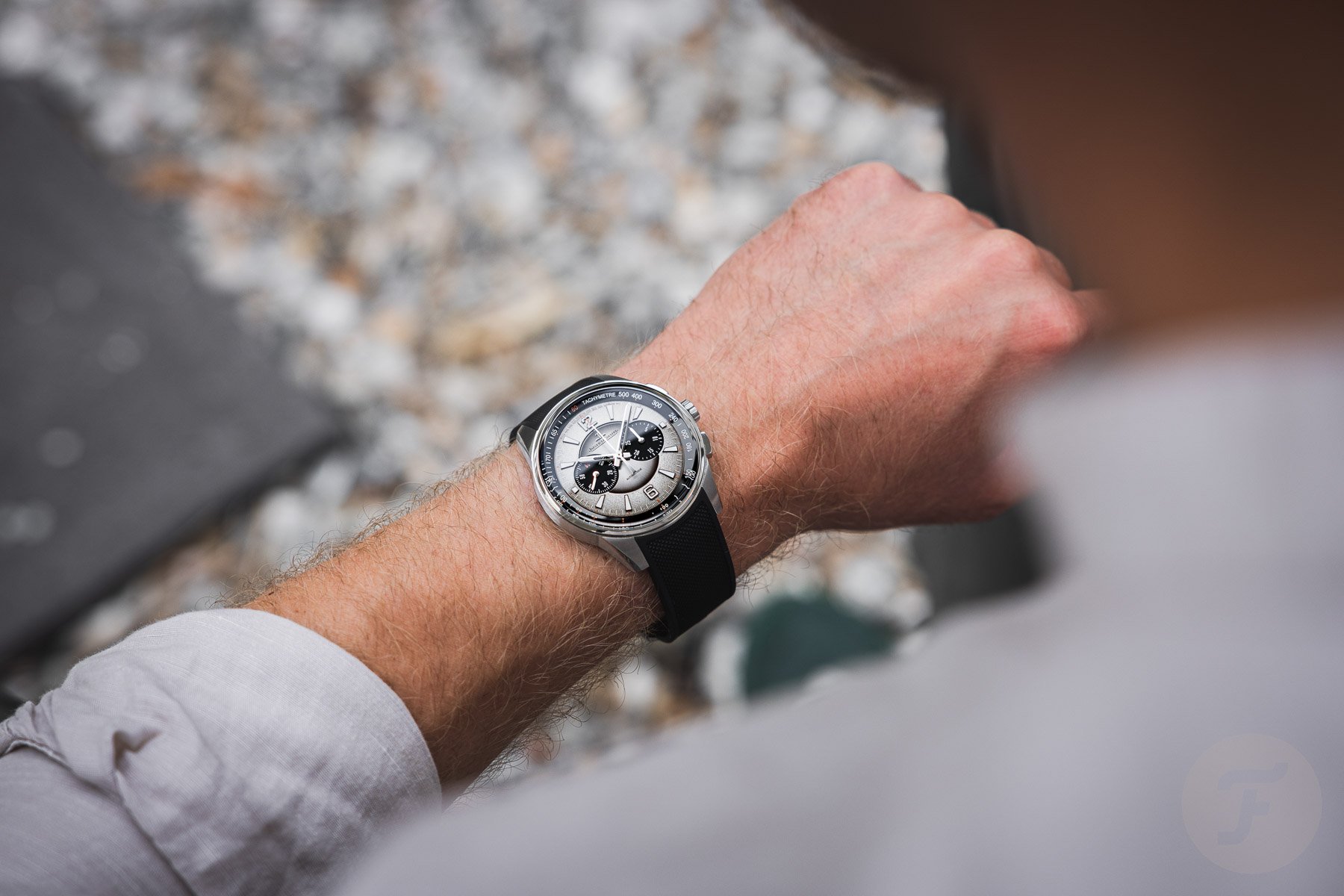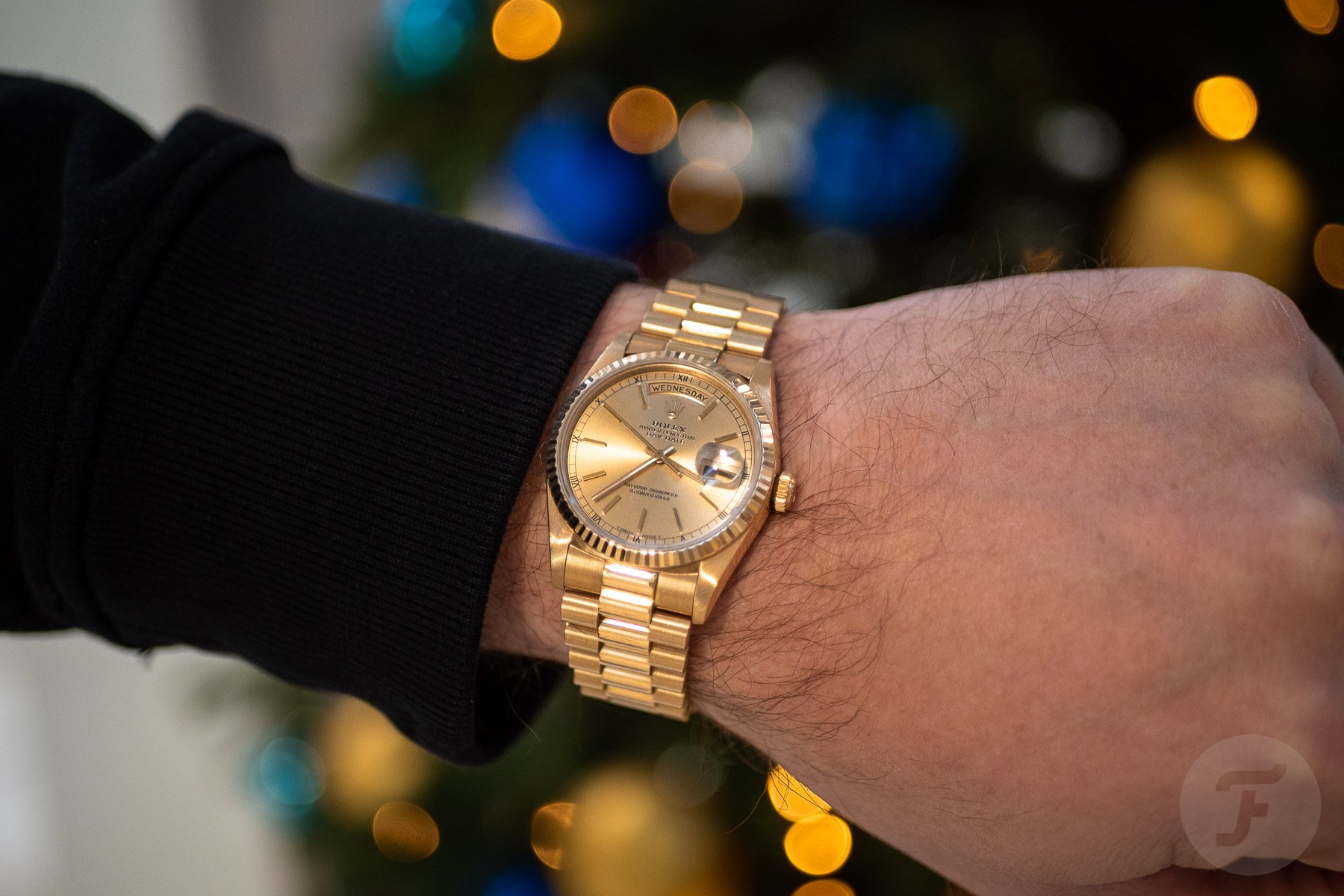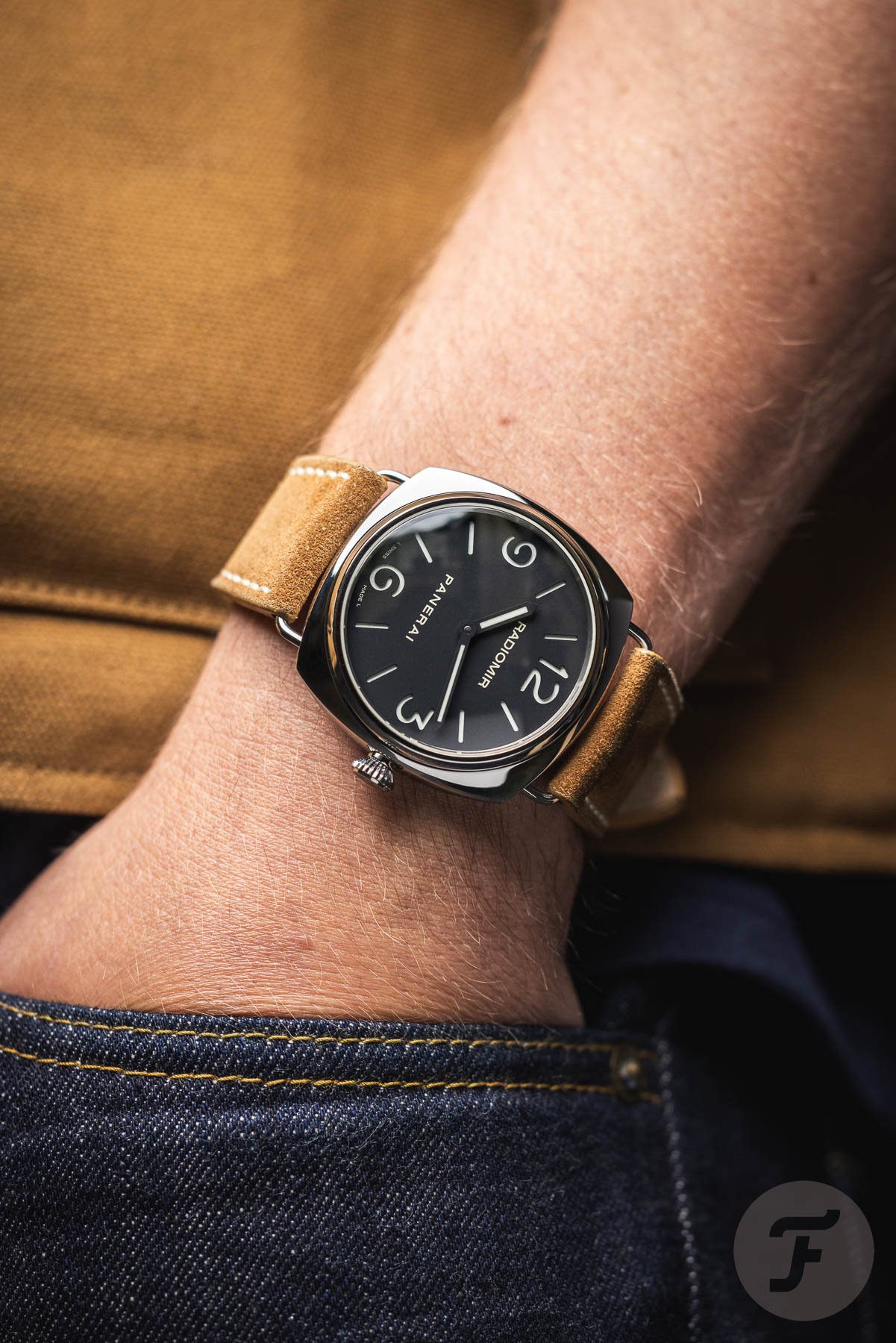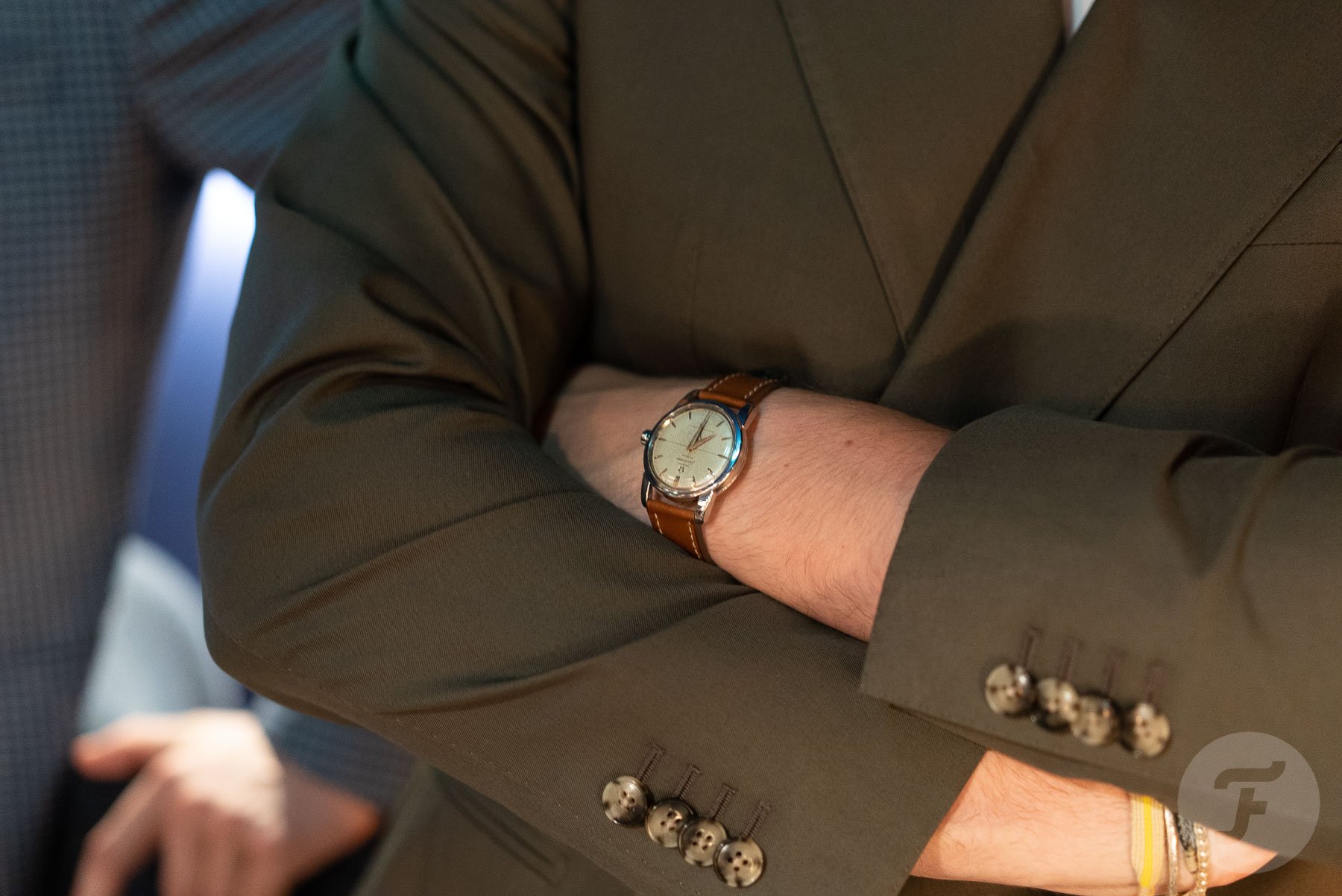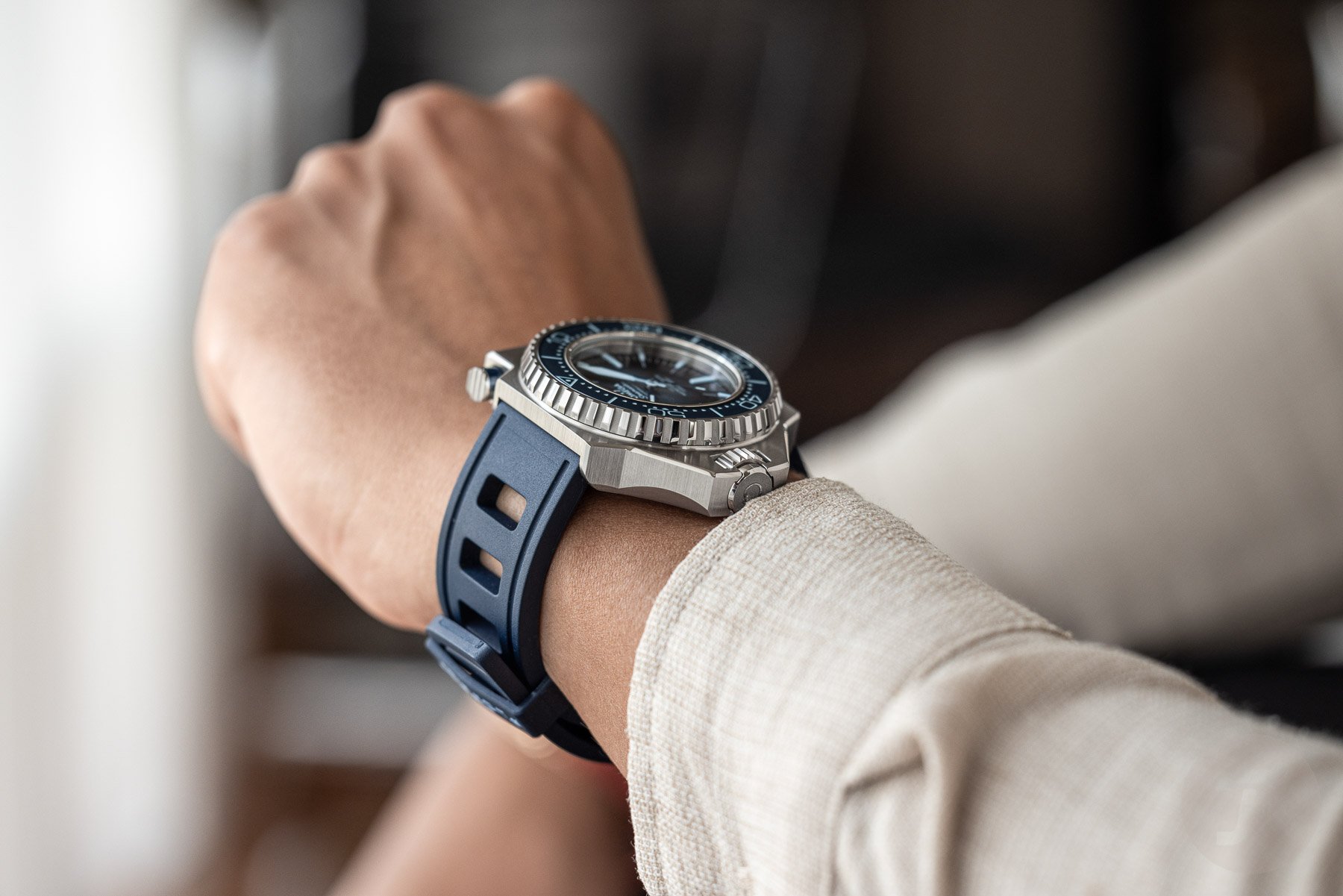From Diameter Police To Size-Agnostic — How I Became A Less Dogmatic Watch Fan
Size matters in watches. Just read any comments section under any watch release article. Watch size — and, specifically, diameter — has become a matter of principle. You’re either on Team Small Watch, or you’re on Team Big Watch. And many have a few ugly words about those in the other camp. We have learned that some brands refer to this as the “diameter police,” which made me chuckle. Upon some introspection, though, I concluded that I have been a part of it. And then it wasn’t so funny anymore…
I came to realize that caring about the diameter so much had put an unnecessary limit on my enjoyment of watches. And that realization, paired with some broadening of my horizons, led to me proudly declaring myself “size neutral” now. Here’s how that happened.
A frame of reference turning me into a member of the diameter police
I have been into watches since I was a kid. After finding no satisfaction in my earlier career, I finally turned it into my profession, becoming a vintage dealer. My knowledge and experience grew exponentially over a relatively short period. I had great mentors in the vintage world and met traders, collectors, and casual buyers every single day. And, of course, I got to handle thousands upon thousands of vintage watches.
Naturally, vintage watches are my frame of reference. And that includes their vintage sizes, which are often a bit smaller than modern watches tend to be. Within a universe of 32–38mm watches, a 36mm Rolex Datejust felt like a relatively large one to me. Whenever someone handed me a modern watch with a modern diameter, it felt cumbersome and unrefined in comparison.
But now that I have spent a year and a half writing for Fratello, handling brand-new watches every day, I no longer feel that way. My frame of reference has broadened. That wasn’t some coordinated effort but, rather, something that happened automatically and subconsciously over time. I used to think that every single modern watch I handled would have been better if it were smaller; I was diameter police. Nowadays, I truly do see it quite differently.
Seeing the diameter as a sign of things gone wrong
Of course, a watch’s size isn’t primarily determined by its diameter. We all know that thickness, curvature, lug-to-lug, strap width, and even color matter just as much or more. That is not what this article is about. A watch’s size is still usually expressed in its diameter, and I used to interpret it as a sign of things gone wrong in the watch industry.
Coming from that vintage frame of reference, modern watches often failed to impress me. I felt that many were crass, blingy, and, crucially, too big. I was — and, admittedly, still am — also often underwhelmed by the design and watchmaking quality. Some heritage brands no longer live up to the high standards they set back in the day. Many modern watches still feel quite derivative, designed by committee, and executed to a budget. To see familiar designs regurgitated with the inevitable four millimeters added to them annoyed me deeply.
Because of this, size became a proxy for a much broader sense of disappointment. And that turned it into a matter of principle, perhaps even dogma if I am honest about it. But this does a grave injustice to all the great modern watches that come out too.
Leaving the diameter police and seeing size for what it is
As I started developing my VPC watch, I learned a lot about watch design. A watch’s size is one of many elements that a designer has to play with. A cliché example is that a bigger watch is often more legible. And a designer can indeed use size and proportions to that end.
But it is a much more refined instrument within the designer’s toolkit. Size — and, more importantly, proportions — can radically change a watch’s character. Just look closely at watches that come in different sizes. They often convey entirely different styles, stories, and aesthetics. It isn’t just a question of photocopying a design at 80% or 110%. A slightly broader bezel or wider lug spacing can turn an elegant watch into a more muscular-looking watch. A slightly greater diameter can turn a versatile everyday watch into an outspoken sports watch.
What I am trying to say is that the diameter, size, and proportions of a watch can be used with great precision. Perfectly dialing it in is an art that only great designers master. And when it is perfectly dialed in, I find that such watches often feel quite neutral in size. A 36mm Rolex Day-Date doesn’t look like a small watch. A 42mm Omega Speedmaster doesn’t look like a large watch. Why? Because their size is perfect within the grand scheme of the design.
Leaving the diameter police through exposure therapy
I also found that the mere exposure effect comes into play when it comes to watch sizes. A watch that is significantly larger or smaller than what you see every day of your life can be a jarring experience. After nearly two years of handling a broader range of sizes daily, I no longer have that awkward feeling about either end of the spectrum.
I realize that I was probably a member of the diameter police because I just did not handle great large watches often enough. Now that I do, I genuinely don’t find them intimidating anymore. As with many fears, exposure therapy can work miracles.
Wrist size matters a lot less than the diameter police might suggest
It is often suggested that there is such a thing as the right watch size for a specific wrist size. As RJ stated before, that isn’t quite as relevant as it may seem. A larger wrist can indeed make watches look smaller. However, whether that makes you want to wear larger watches is a completely personal and subjective conclusion.
There is, of course, such a thing as proportionality. I love IWC Big Pilots, for instance, but they are disproportionate to my arms in a way that makes me wish I had thicker wrists. But then I saw a lady with much slimmer wrists than mine wear one, and it looked fantastic. It was oversized, sure, but fantastic nonetheless. On me, though, the size is just a bit odd. It isn’t oversized in a good way, as it was on her, so I feel that I cannot pull it off.
But then there is Panerai. Its watches are similarly oversized but differently proportioned. I can pull off my PAM00210 Radiomir without issue. And the exposure effect proves true once more. I felt the 45mm Radiomir would be the absolute biggest I could handle. Now that I have spent some time with it, I find myself eyeballing its 47mm brothers too.
Seeing size as separate from any imagined connotations
From my introspection as well as from reading tons of comments, I know that size is used as a proxy for completely unrelated things. To me, “big” meant “crass and unrefined.” Of course, a watch can be crass and unrefined. This can even be caused by its size. But there is no reliable correlation there. It merely is or isn’t the case for a specific watch, and that is or isn’t a dealbreaker. So I shouldn’t jump to that conclusion based on size alone. I especially shouldn’t jump to that conclusion based on a diameter number on a spec sheet as it is a notoriously poor representation of how a watch will wear.
I often see smaller watches being criticized as “unmanly”. This is a similarly short-sighted leap. Whatever “manliness” may mean to you, I am sure it should come from within, not from the forearm. If it can be compromised by something as mundane as a watch, it must not have been much to begin with. It feels more like lashing out based on insecurities than something that has anything to do with watches.
A strong, visceral reaction to a watch being large or small, then, is probably a sign of something else going on. At least, that is what I found it to be for me. And I found it quite liberating to consciously separate those things.
Leaving the diameter police for greater joy
Rational arguments aside, as I mentioned, this happened quite automatically and gradually for me. I just found myself becoming less judgmental about watch diameters over time. I think it may help that the current trend seems to be a bit more neutral. The oversized hype of the 2000s is over and brands seem to introduce a broader spectrum of sizes nowadays, catering to everyone. I even think I am seeing the debate cool down a bit in the comments sections and on social media. It seems perhaps fewer people feel neglected on both ends of the spectrum as there is plenty of variety to be found.
For me, it has opened up the hobby a bit more. I love seeing my 45mm PAM sitting next to a 34mm vintage Seamaster in my watchbox. I still feel that many watches are too small, too large, or oddly proportioned for their designs, but not feeling like an activist about it anymore is quite liberating indeed.
So come on, watch brands. Show me your next great 35mm or 45mm banger! I am ready!
Would you consider yourself part of the diameter police, a size-neutral watch fan, or something else entirely? Let us know in the comments below.

